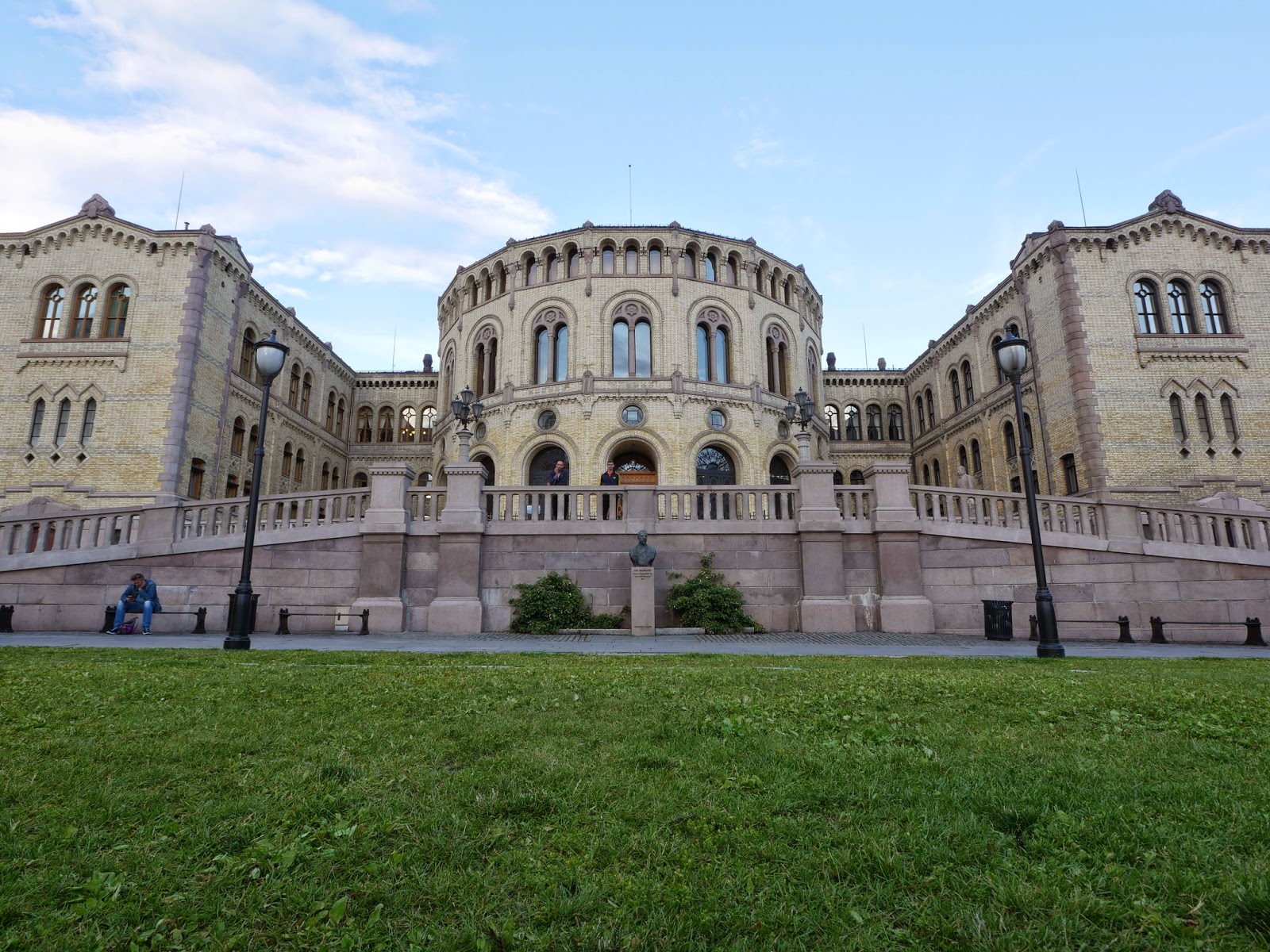But beyond that, do they give you a different field of view? Below is the 9mm fisheye lens, with the Four Thirds version of the 9-18mm zoom:
Taking the same picture with both lenses yields these variants:
So, as you can see, even if both lenses are rated at 9mm, they give a quite different field of view. The fisheye lens is much wider. On the other hand, outside of the centre, it is quite distorted.
Both images are quite impressively sharp. Here are 100% crops from the centre, and from the lower left corner to illustrate this:
And, despite what you might expect, notice that the proportions of the man sitting on the bench in the corner actually look more realistic in the fisheye version of the image. A very wide rectilinear lens stretches the corners a lot, which makes the picture look less realistic.
Of course, the barrel distortion of the fisheye lens is also unrealistic, so in this case it is a matter of picking the kind of realism you prefer.
Defishing
You can use software correction to defish the fisheye image. This is a process which makes the distorted image more rectilinear. I'm using the free software Hugin for this process. Here is how:
First, select "Load image", and choose a JPEG fisheye image.
Next, you must specify the type of lens you are using. Select "Full Frame Fisheye" (a fisheye lens which fills the whole frame), then the focal length (9mm), and the crop factor, 2x:
The next point is to select the target projection. I have chosen Rectilinear here, but you can experiment with other projections. Some like to use the Panini projection.
To bring up the GUI for the final stage, select "Advanced interface":
Then, to get the biggest possible resolution, 6872x4215 pixels in this case, click on "Calculate Optimal Size". Then click on "Stitch" to process the final image. Before you can do that, Hugin will ask you to save the project file, a file with a .PTO extension. Then, you can save the final, defished image. Select TIFF image format for the best quality, for further image processing.
Here is what the final output looks like:
Compare it with the picture taken using the 9-18mm zoom lens at 9mm:
So, as you see, using the small and cheap 9mm fisheye lens, you can get very wide rectilinear images, wider than the widest rectilinear Olympus lens. And at a much lower price! Sure, the corners are a bit unsharp, but even if you do crop the image some, it is still very wide.
My conclusion is that this is a fun lens to have, at a low price.










Nice work .. thanks Photohounds
ReplyDeleteThanks for the great infos. Ever considered defishing video footage?
ReplyDeleteYes, in fact, I have done so before. Read about defishing video here.
DeleteJust got the bodycap lens on my hands and I'm really excited so far.
ReplyDeleteThank you for this guide; Hugin can apparently do a lot of stuff even Photoshop cannot.
Can it still handle perspective correction? I tried using the guide at http://hugin.sourceforge.net/tutorials/architectural/en.shtml but the Optimizer tab is missing from the latest version of Hugin O.o